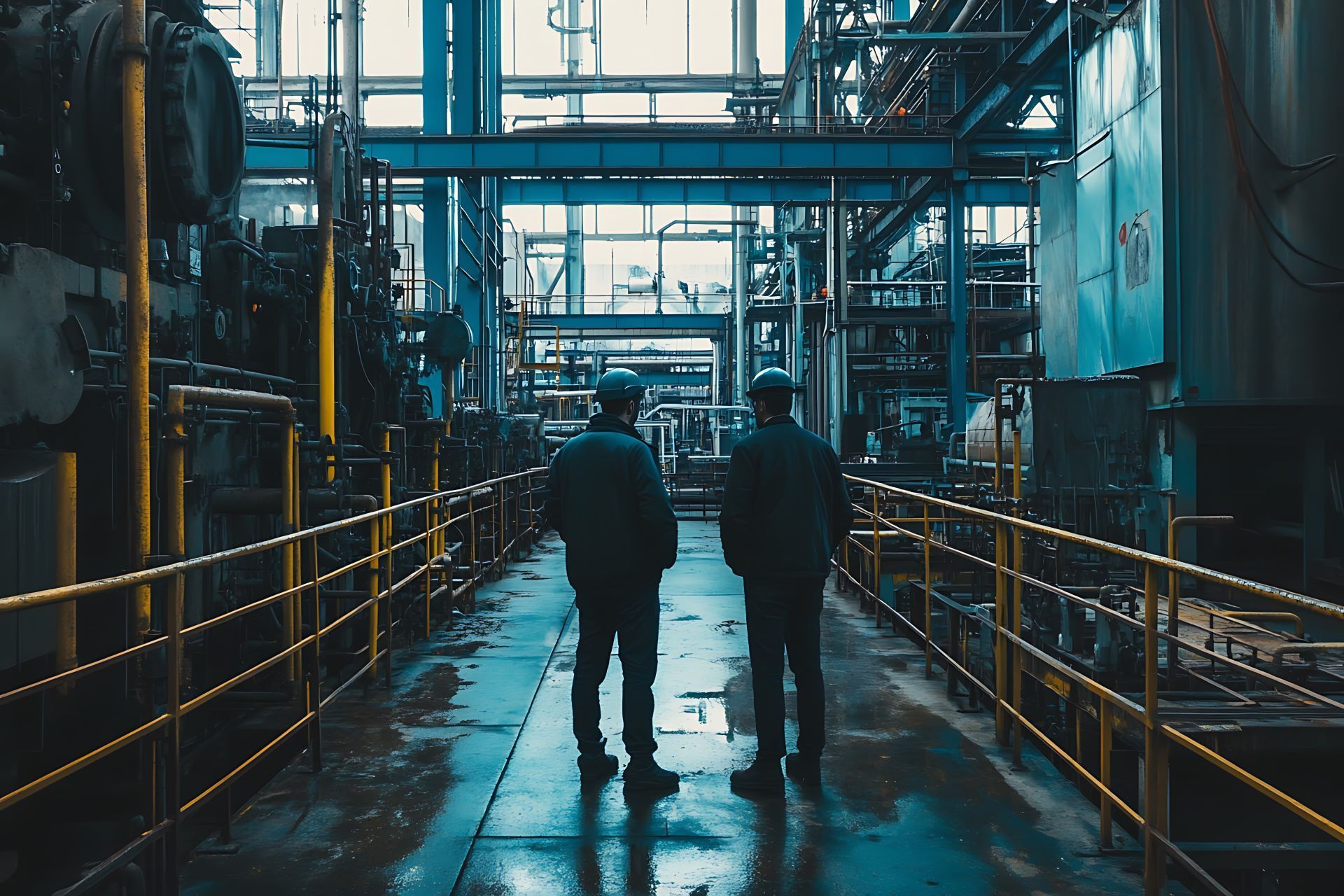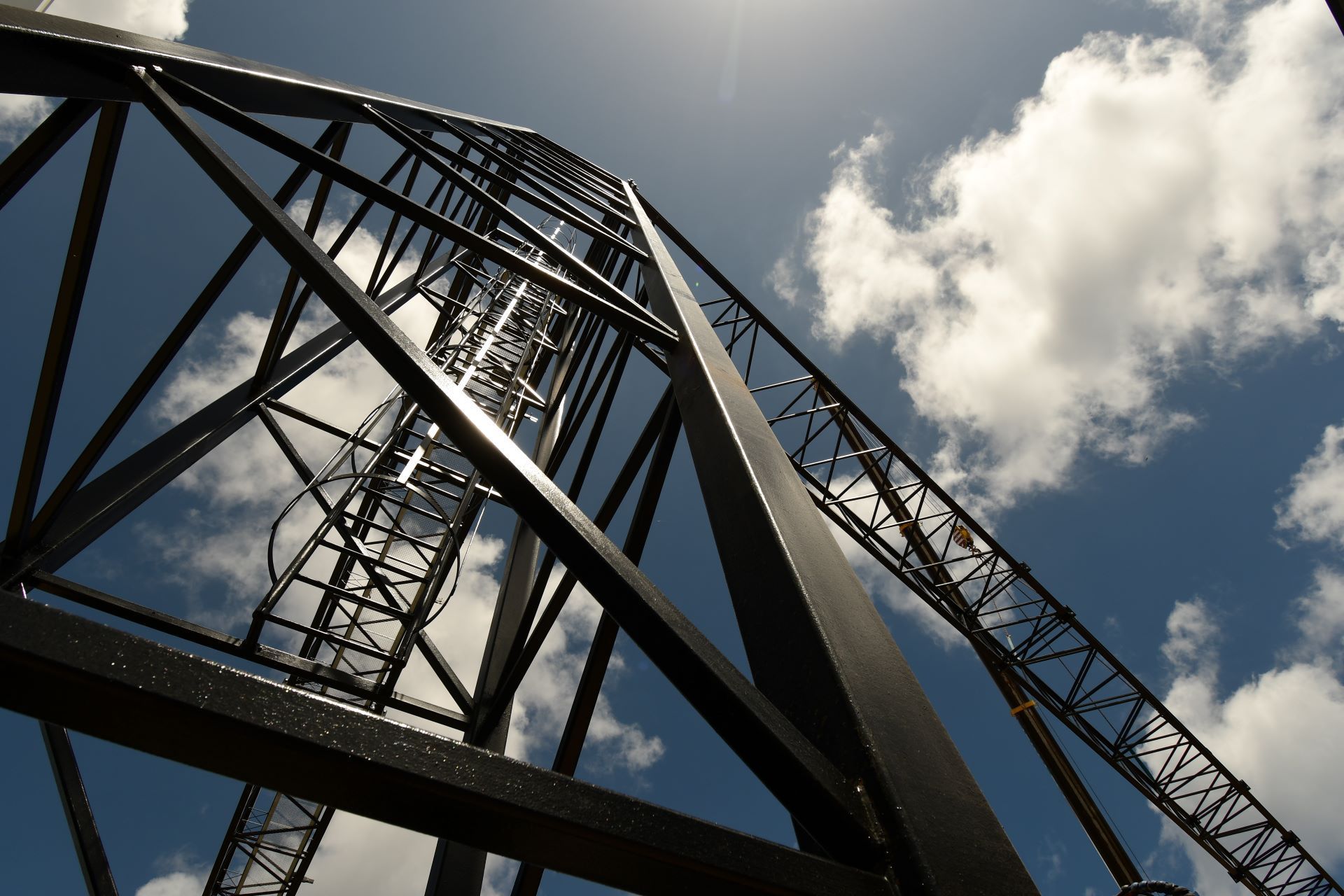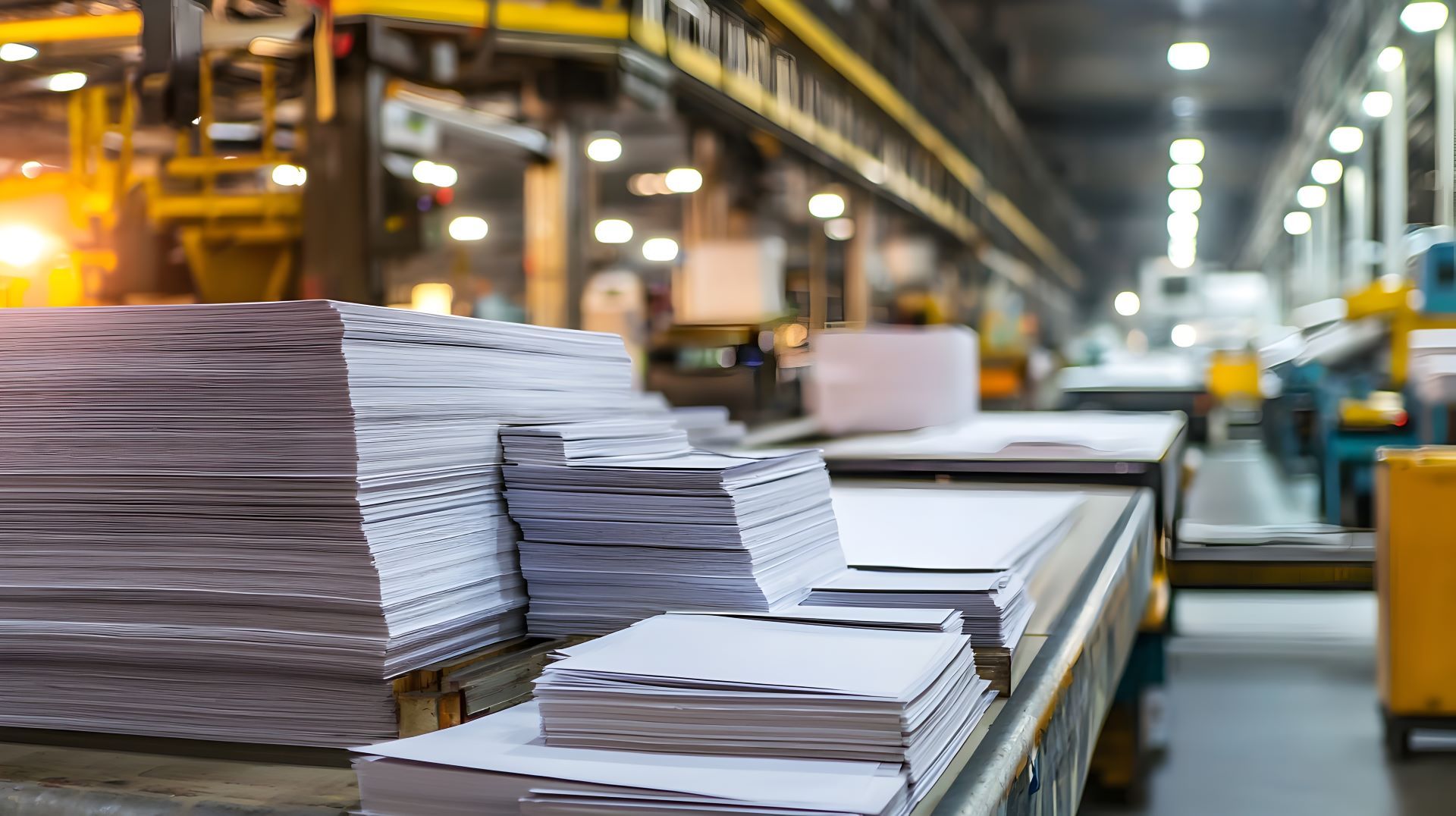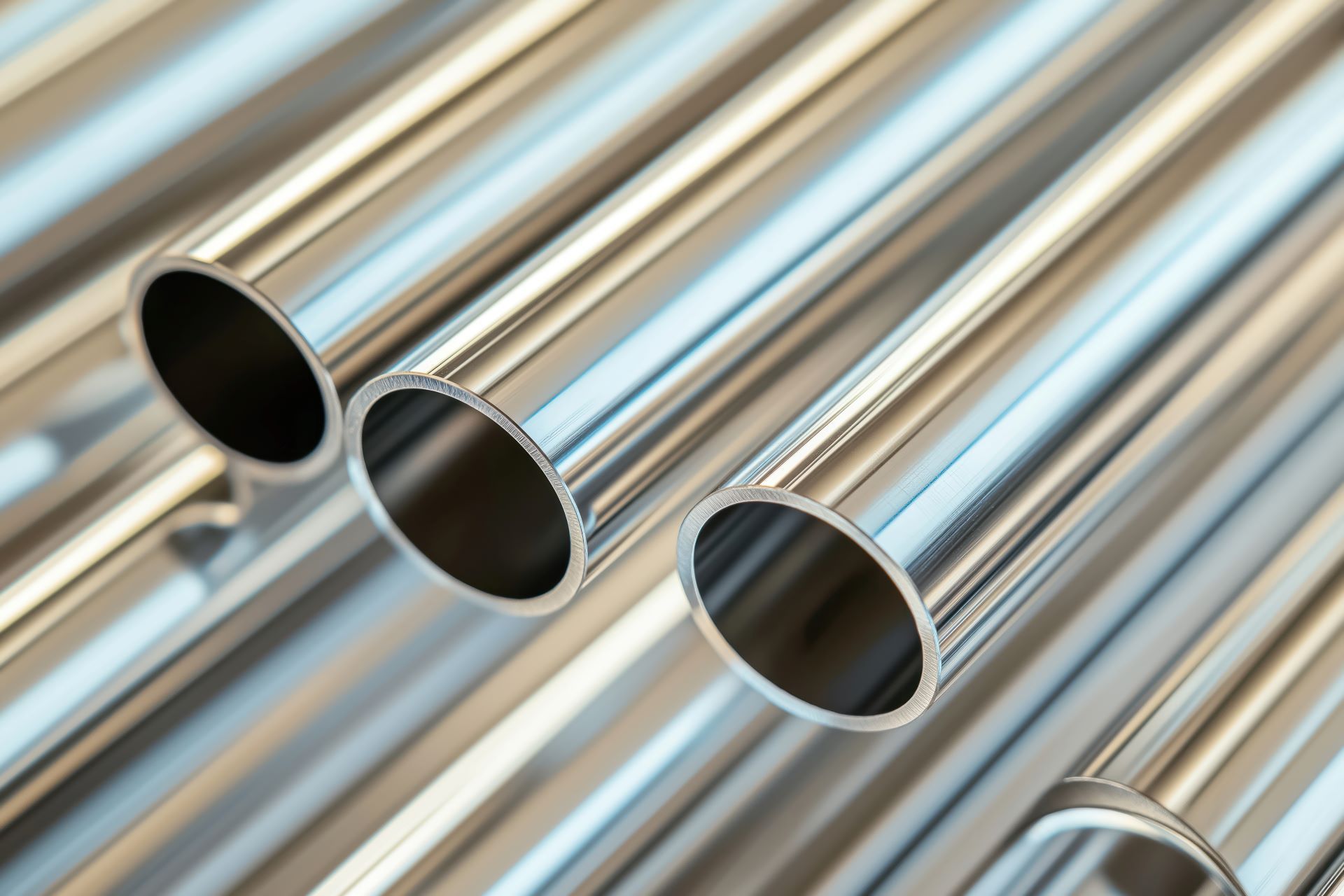Aluminum Temper Guide: H14 vs H32 vs T6 When Temper Matters More Than Alloy
In metal fabrication and forming, most design engineers and buyers focus on alloy selection, choosing between 5052, 6061, or other grades based on corrosion resistance, strength, and weldability. But alloy is only half the story. For aluminum products, the temper, a measure of hardness and mechanical treatment can significantly impact how material performs in the shop and in service.
Whether you're forming parts, cutting sheet, or machining plate, understanding the difference between H14, H32, and T6 tempers is critical. The wrong temper can lead to cracking during bending, excessive springback, poor finish, or unnecessary difficulty during fabrication.
At Action Stainless, we stock aluminum sheet, coil, and plate in a range of tempers, with in-house services like shearing, sawing, and custom packaging to match your production requirements. This guide breaks down what tempers mean, when they matter most, and how to select the right one for your next job.
What Is Aluminum Temper?
Temper refers to the mechanical and thermal treatment applied to aluminum after it's been alloyed. While alloys define the material’s chemistry, tempers define its strength, ductility, and workability key characteristics in forming, welding, machining, and final product use.
There are two main temper categories:
- H tempers (strain-hardened) - Common in non-heat-treatable alloys like 3003 and 5052. These are cold-worked to increase strength.
- T tempers (heat-treated) - Used in heat-treatable alloys like 6061 or 2024. These undergo solution heat treatment and artificial aging to reach full hardness.
At
Action Stainless, we supply both types, cut-to-size and prepped for forming or machining, depending on the specific grade and temper required.
Why Temper Selection Matters More Than You Think
In many aluminum fabrication applications, the chosen temper has more immediate impact than the alloy itself. For example:
- A 5052-H32 sheet can bend cleanly around a tight radius, while the same sheet in H38 may crack.
- 6061-T6 plate offers high strength but low formability unsuitable for tight bends or press brake forming without annealing.
- Choosing a softer temper can improve punch tool life and edge quality during blanking.
When building tank heads, architectural panels, equipment frames, or marine panels,
the temper governs everything from formability to fatigue performance.
Key Aluminum Tempers: H14, H32, and T6 Explained
Let’s take a closer look at the three most commonly requested tempers and what they’re used for.
H14 Temper
- Applies to non-heat-treatable alloys, especially 3003 and 5052
- Strain-hardened to a medium strength level
- Excellent balance between strength and workability
- Ideal for moderate forming, such as light curving or shallow bends
Fabrication Fit:
Used for parts where light shaping is needed signage panels, trim, covers, or bracket systems.
Action Stainless Note:
5052-H14 is one of our most commonly stocked tempers. It forms easily without cracking and retains corrosion resistance.
H32 Temper
- Also used in non-heat-treatable alloys, primarily 5052
- Strain-hardened and stabilized through partial annealing
- Offers slightly more strength than H14 but maintains decent formability
- Better for jobs needing tighter mechanical specs or repeated handling
Fabrication Fit:
Great for marine structures, tank components, or cut-to-shape sheet where durability and moderate forming are needed.
Action Stainless Note:
We stock 5052-H32 in coil and sheet form, available for custom shearing and packaging.
T6 Temper
- For heat-treatable alloys, primarily 6061
- Undergoes solution heat treatment and artificial aging
- Results in very high strength but poor bendability
- Used when structural integrity is a top priority
Fabrication Fit:
Best for machined parts, frames, and structural components where rigidity and wear resistance matter more than flexibility.
Action Stainless Note:
Our 6061-T6 plate and bar stock are processed in-house and precision cut for high-strength builds.
Temper vs. Alloy: When Is Temper More Important?
In many real-world projects, changing the temper instead of the alloy is the smarter move. For example:
- If you’re having trouble with cracking during bending, switching from 5052-H34 to H32 can solve the issue without moving away from the corrosion resistance of 5052.
- Needing more strength in a formed part? 3003-H14 may not cut it, 5052-H32 could offer better rigidity without sacrificing workability.
- When machining high-load components, 6061-T6 provides tight tolerances and strength more so than switching to a stronger alloy in a soft temper.
In these cases, Action Stainless can guide you to the correct temper grade already in stock, saving time on testing and procurement.
Aluminum Temper Comparison Table
| Temper | Applies To | Strength | Formability | Best For |
|---|---|---|---|---|
| H14 | 5052, 3003 | Medium | Good | Light forming, general sheet work |
| H32 | 5052 | Medium-High | Moderate | Marine, tank, and structural panels |
| T6 | 6061, 2024 | High | Low | Structural, machined parts, heavy-duty use |
This chart offers a high-level guide, but specific dimensions, thickness, and application details will further influence selection.
How Action Stainless Supports Temper-Specific Jobs
As a processor and distributor, Action Stainless ensures that the temper you order is exactly what’s delivered with the specs, documentation, and prep your job requires. Our in-house value-added services are built around delivering project-ready aluminum:
- Coil and sheet shearing to cut-to-size flat stock
- Plate saw cutting to tight tolerance blocks and blanks
- Custom pallet packaging to reduce denting and surface damage
- Traceable MTRs for QA and procurement documentation
- Multiple temper options in stock for quick delivery
We carry H14, H32, and T6 materials for industries ranging from food service to transportation, and support everything from
single-sheet cut orders to full skids of high-temp structural plate.
Mistakes to Avoid When Specifying Aluminum Temper
Many fabrication issues trace back to incorrect temper usage. Here’s what to watch for:
- Specifying T6 plate for a job that requires forming - This often results in cracking unless the material is re-annealed or replaced with a softer temper.
- Using H32 when the form required is too tight - H32 resists cracking, but may not handle severe bending or flange angles. H14 is better in these cases.
- Assuming temper doesn't matter in welding - It does. Some tempers handle heat better during welding and post-weld forming.
When in doubt, consult with our material specialists at Action Stainless. We'll help verify your job’s forming, strength, and machining needs then recommend the correct alloy-temper combination from our inventory.
Temper Selection in Aluminum Coil vs. Plate
Aluminum coil and sheet are often ordered in H tempers due to their forming flexibility. Plate, on the other hand, is commonly stocked in T6 for strength and stiffness. At Action Stainless:
- 5052-H32 coil and sheet is available in a wide range of gauges, great for tanks and forming jobs
- 6061-T6 plate is stocked in thicknesses up to several inches, ideal for machining or load-bearing components
- Custom coil slitting and shearing is available in-house to reduce lead times and shop handling
Our team can help convert coil-to-sheet or sheet-to-blank based on your forming and tolerance requirements.
Conclusion: Temper Is a Key Part of the Fabrication Equation
Aluminum alloy selection matters but it’s the temper that often dictates how that material performs in real-world use. Whether you're forming, machining, or welding, the right temper prevents cracking, improves consistency, and supports faster throughput in the shop.
At Action Stainless, we do more than supply stock, we supply material insight, in-house processing, and project-aligned temper guidance that helps our customers succeed. With access to H14, H32, and T6 aluminum in multiple sizes and thicknesses, we’re ready to support your next fabrication project from the ground up.






